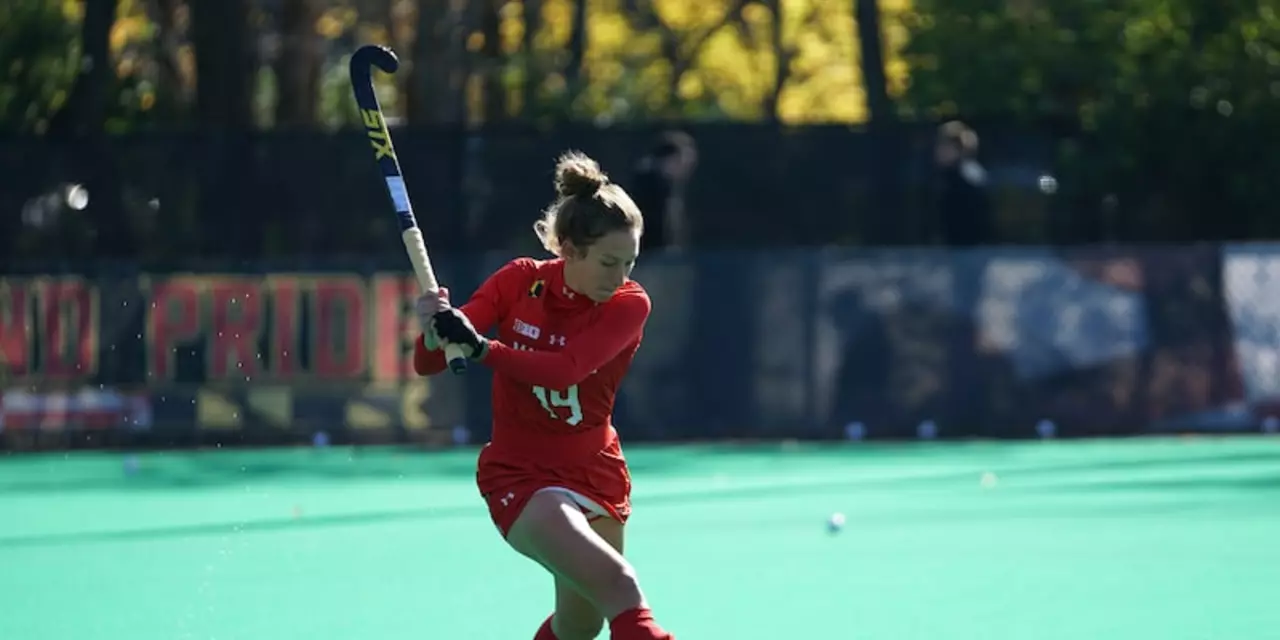Hockey Equipment and Techniques: Gear Up and Play Better
Did you know most beginners lose control on the pitch simply because they’re holding the stick wrong? A solid grip and the right gear can turn shaky passes into smooth moves. Below you’ll find straight‑forward advice to pick the proper stick, master the grip, and suit up for safe, confident play.
Choosing the Right Stick and Holding It Right
The first step is picking a stick that matches your height, strength, and playing style. A stick that’s too long forces you to over‑stretch, while one that’s too short cramp your swing. Measure from the floor to your hip; the stick’s top should line up roughly there. Next, check the flex – a lighter player usually prefers a softer flex for easier flicks, whereas a stronger player can handle a stiffer blade for powerful drives.
Now, the grip. The correct way to hold a hockey stick is simple, but many get it wrong. Place your top hand at the very top of the shaft, thumb and index finger lightly overlapping the grip. Your bottom hand rests on the butt of the stick, fingers spread for control. Keep both hands close to your body and elbows together – this gives you a compact, stable frame to move the stick quickly. Notice the natural flex of the shaft; a slight bend means you’ll need a looser grip to let the stick rebound.
Practice the grip while standing still. Feel the balance, then try a few drag‑flicks and quick passes. If the ball feels too heavy or you’re constantly readjusting, revisit your hand placement. A tiny tweak – moving the top hand a centimeter lower or rolling the bottom hand a bit tighter – often makes a huge difference.
Essential Gear for Safe, Confident Play
Good equipment isn’t just about looking the part; it protects you and lets you focus on skill. Start with shin guards that cover the full length of your shin and overlap the ankle. A snug, breathable knee pad adds extra confidence when you dive for the ball.
Head protection is a must. A well‑ventilated helmet with a proper face shield guards against stray sticks and fast balls. If you prefer a visor, choose one with anti‑fog coating so you can see clearly in wet conditions.
Gloves should fit snugly, allowing you to feel the stick while shielding your palms. Look for a reinforced thumb area – it takes the brunt of impact during tackles. Finally, choose shoes with good traction on grass or artificial turf; a stable base helps you execute turns without slipping.
Once you’ve got the right stick, grip, and protective gear, it’s time to train. Warm‑up with short dribbling drills, then work on passing while keeping your elbows tight. Incorporate quick‑change drills that force you to switch hands on the stick – this builds flexibility and prevents over‑reliance on one side.
Remember, the best equipment only works when you use it right. Regularly check your stick for cracks, replace worn‑out grips, and keep your gear clean. A well‑maintained kit not only lasts longer but also feels more responsive during a match.
Ready to level up? Grab a stick that fits, lock in the proper grip, suit up with reliable protection, and head to the pitch. You’ll notice better control, fewer injuries, and more confidence in every pass and shot. Happy playing!"
